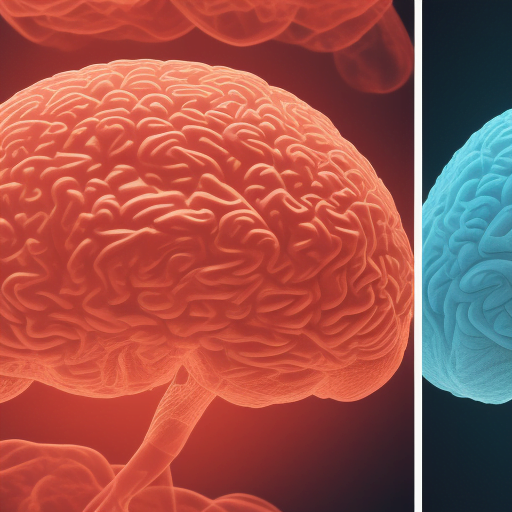
A Fitness Frontier: Exercise Against Alzheimer’s
Join me on a thrilling ride (not on the treadmill ladies and gentlemen), towards a groundbreaking connection between the benefits of exercise and reducing Alzheimer’s risk! Research from the ever so cool, Massachusetts General Hospital reveals that a hormone which we produce during exercise (thank you squats and burpees) called Irisin, may just help battle this cognitive monster, called Alzheimer’s. This hormone seems to knock those nasty plaque-buildups and Tau tangles in the brain, characteristics of the disease. What’s more, it does so in style, I mean 3D style! You heard that right, a 3D cell culture model of the dreaded disease. Now that’s some health technological wizardry!
Breaking Down the Nitty-Gritty of Irisin
Now let’s not pretend that we remember the bio class, okay? But, give Irisin a high-five for its hard work anyway. Along with making us all look fab in our workout leggings, this hardworking hormone leaped out of our muscle cells, summersaults into the bloodstream, and plays a vital role in regulating glucose and lipid metabolism. Imagine turning that boring refrigerator-like white fat into energetic brown fat. Plus, it’s been shown that exercise can increase the levels of this hormonal superstar. I’d say it’s like our body’s own energy Sabrina – (hello, millennials!)
The Magician in our Brain—Neprilysin
Now here’s where it gets interesting: remember Amyloid beta, that sticky plaque in the brain associated with Alzheimer’s? Well, another cool enzyme named Neprilysin is like the cleaner who tidies it all up. And our star, Irisin, turns up the Neprilysin production through astrocytes (cells in our brain). So, it’s like the glittering effect spreading through our brains with every bicep curl or Pilates stretch. Kudos to our workout sessions!
Painting the Picture with Mice
But how can we forget our trusty lab partners, the mice, who bravely participate in human welfare? When they were injected with Irisin, that kind-hearted hormone found its way to their tiny brains, making a case for its potential in human therapy. And, to our delight, researchers found an increase in Neprilysin levels in exercise-bearing mice that led to a decrease in Amyloid beta. Talk about knocking out Alzheimer’s with a one-two punch!
Irreplaceable Irisin
Our findings? Nothing short of impressive. Irisin is clearly a game-changer, a key player leading the charge to increase Neprilysin levels and reduce amyloid beta in a fight against Alzheimer’s. And guess what? Our favorite activity, exercise, is the cheerleader for this all-important hormone. Here’s to a new frontier in therapeutic, preventative strategies for Alzheimer’s, brought to you by leg day and deadlifts!
Key Takeaways:
- Irisin, the exercise-induced hormone, plays a role in reducing the characteristic plaque and tau tangles in Alzheimer’s.
- Human and mice brains both contain Irisin, with lower levels detected in Alzheimer’s patients.
- Increasing Neprilysin activity through Irisin treatment reduces Amyloid beta pathology.
- Mouse studies indicate injected Irisin made its way into the brain, showing therapeutic potential.
- Exercise-induced increases in Neprilysin levels through Irisin reduce Alzheimer’s amyloid beta burden.
- Irisin could be a key player in new target pathways for Alzheimer’s prevention and treatment strategies.
Source Citation: https://www.drugs.com/news/exercise-induced-hormone-might-help-protect-against-alzheimer-s-114868.html



